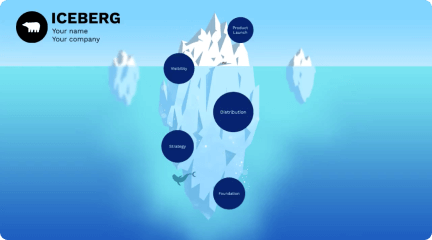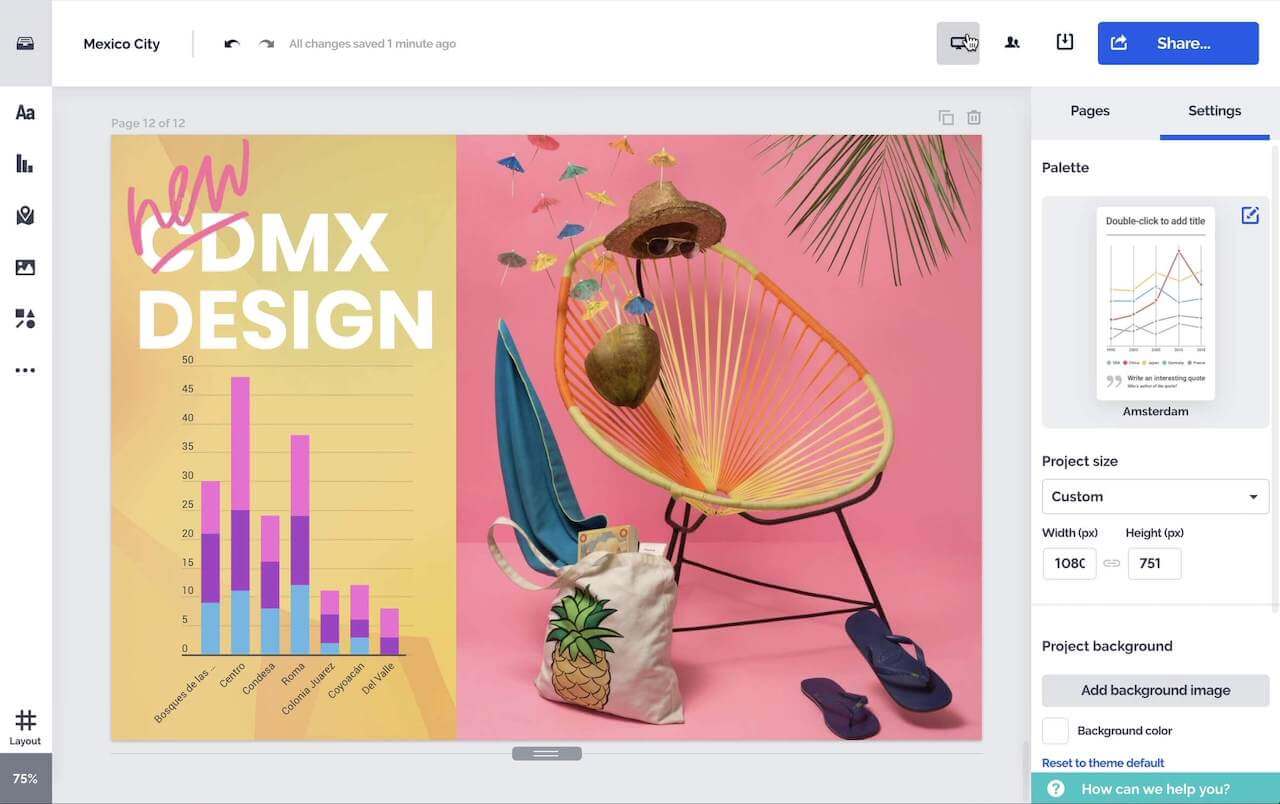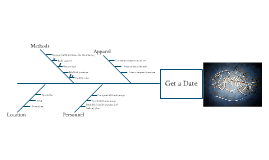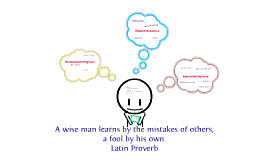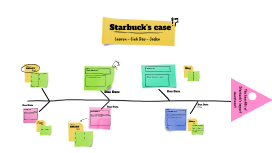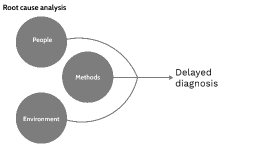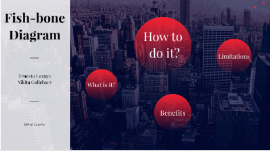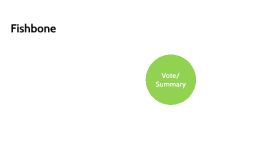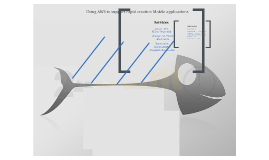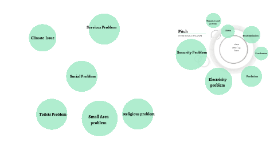fishbone
Transcript: Fish-bone Diagram Ernesto Lozoya Nikita Golichaev SEK el Castillo What is it? What is it? cause-and-effect diagram Helps managers to track down the reasons for imperfections, variations, defects, or failures. Ishikawa diagram (creator) Steps How to do it? 1 2 3 4 Step 1: 1 Place the effect of the problem in the head of the fish Loss of market share Step 2: Each fish bone is alocated to a particular factor that may have cause the problem 4 M/P/S s Example Procedures Politics People Places Step 3: Break down each factor into subfactors, drown as a smaller fish bone coming out to the original one Procedures Politics People Places Departures Airports Bookings Routes Employees Management Strategic Step 4 Deside which issues (fishbones) are not the root cause of the problem and discard them, thus, identyfing which one is the problem Procedures Politics People Places Departures Airports Bookings Routes Employees Management Strategic Bureaucratic Too much micro-managing Overworked Low wages Slow coordination of services Poor partners Gates are far away Not enough Asian destinations poor website Slow check-in Title Procedures Politics People Places Departures Airports Bookings Routes Employees Management Strategic Bureaucratic Too much micro-managing Overworked Low wages Slow coordination of services Poor partners Gates are far away Not enough Asian destinations poor website Slow check-in Loss of market share It is motivating It is flexible It is simple Visually attractive General evaluation Benefits Benefits Limitations Limitations No specific solution Conflicts Requires honesty and knowledge Requires follow-up process Title Globalization Ernesto Lozoya Nikita Golichaev SEK el Castillo Definition/ Impact Process by which the world's regional economies are integrated global unit Definition Impact Increased competition Greater Brand awareness Skills transfer Closer collaboration Reasons for the growth REASONS FOR THE GROWTH OF MULTINATIONAL COMPANIES DISMANTLING OF TRADE BARRIERS TAX AVOIDANCE IMPROVE COMMUNICATIONS EASIER TRANSFER OF FUNDS ECONOMIC AND POLITICAL POWER INCREASE IMPACT OF MULTINATIONALS ON THE HOST COUNTRIES Advantages/Disadvantages For the host countries Economic growth New ideas Skill transfer More choice of product Profits being repatriated Loss of cultural identity Brain drain Loss of market share Advantages Disadvantages Short-term infrastructure projects Short-term plans Title 1. What is a fishbone diagram a) Solution Diagram b) Decision making diagram c) Causes and effects diagram 2. What are the 4Ps a) Procedures, penetration, planing, places b) Places, procedures, people, politics c) People, politics, skills, places Fishbone Quiz 3. One benefit of the fish-bone diagram is... a) General evaluation b) Give advice to customers c) Give solutions to a problem 2. One limitation is... a) Is simple and attractive b) Can lead to arguments c) Is motivating 5. What is one of the impacts of globalization? a) Increased competition b) Improve communications c) Less materials 6. Definition of globalization: a) Process by which the world's regional economies are integrated global unit b) The process by which a company grows c) The process of acquiring other businesses Globalization Quiz



